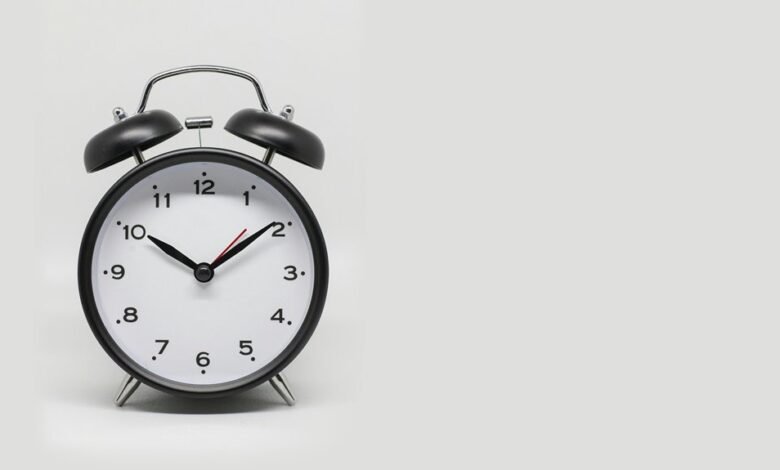658825312 Evaluation of Missed Calls in Peak Hours

The evaluation of missed calls, particularly during peak hours, presents critical insights into communication inefficiencies. High call volumes often result in a surge of missed calls, highlighting potential gaps in customer service. By systematically analyzing these patterns, organizations can identify specific challenges and formulate strategies to improve response rates. Understanding the nuances of these missed interactions may reveal deeper implications for customer engagement and satisfaction. What methods can be employed to address these pressing concerns?
Understanding the Impact of Missed Calls
Although often overlooked, missed calls can significantly influence both personal and professional communication dynamics. They often result in diminished customer experience, as potential connections remain unestablished.
Businesses may suffer from lost opportunities, while individuals might miss crucial information. Understanding the patterns and consequences of missed calls allows for strategic improvements in responsiveness, ultimately enhancing engagement and fostering stronger relationships across various contexts.
Analyzing Call Patterns During Peak Hours
How do call patterns shift during peak hours, and what implications do these shifts have for communication effectiveness?
Increased call volume during peak demand periods often leads to congestion, resulting in higher rates of missed calls.
Analyzing these patterns reveals critical insights into user behavior and service limitations, highlighting the need for adaptive strategies to enhance communication efficiency and accessibility during high-traffic intervals.
Strategies for Reducing Missed Calls
As call volume escalates during peak hours, the likelihood of missed calls increases, leading to a pressing need for effective strategies to mitigate this issue.
Implementing call forwarding can ensure that calls are directed to available staff, while comprehensive staff training enhances response efficiency.
Together, these strategies create a more responsive environment, ultimately reducing missed calls and improving overall communication effectiveness.
Measuring Improvement and Customer Satisfaction
Measuring improvement in call handling and customer satisfaction is essential for assessing the effectiveness of strategies implemented to reduce missed calls.
Analyzing customer feedback provides valuable insights into perceived service quality, highlighting areas for enhancement.
Conclusion
In conclusion, the examination of missed calls during peak hours, such as those associated with 658825312, underscores the complexities of modern communication. While these missed connections may seem like mere inconveniences, they represent valuable opportunities for growth. By implementing strategic measures, organizations can transform these challenges into pathways for improvement, ultimately fostering a more responsive environment. Such proactive approaches not only enhance operational efficiency but also nurture customer relationships, ensuring that no call goes unnoticed.




